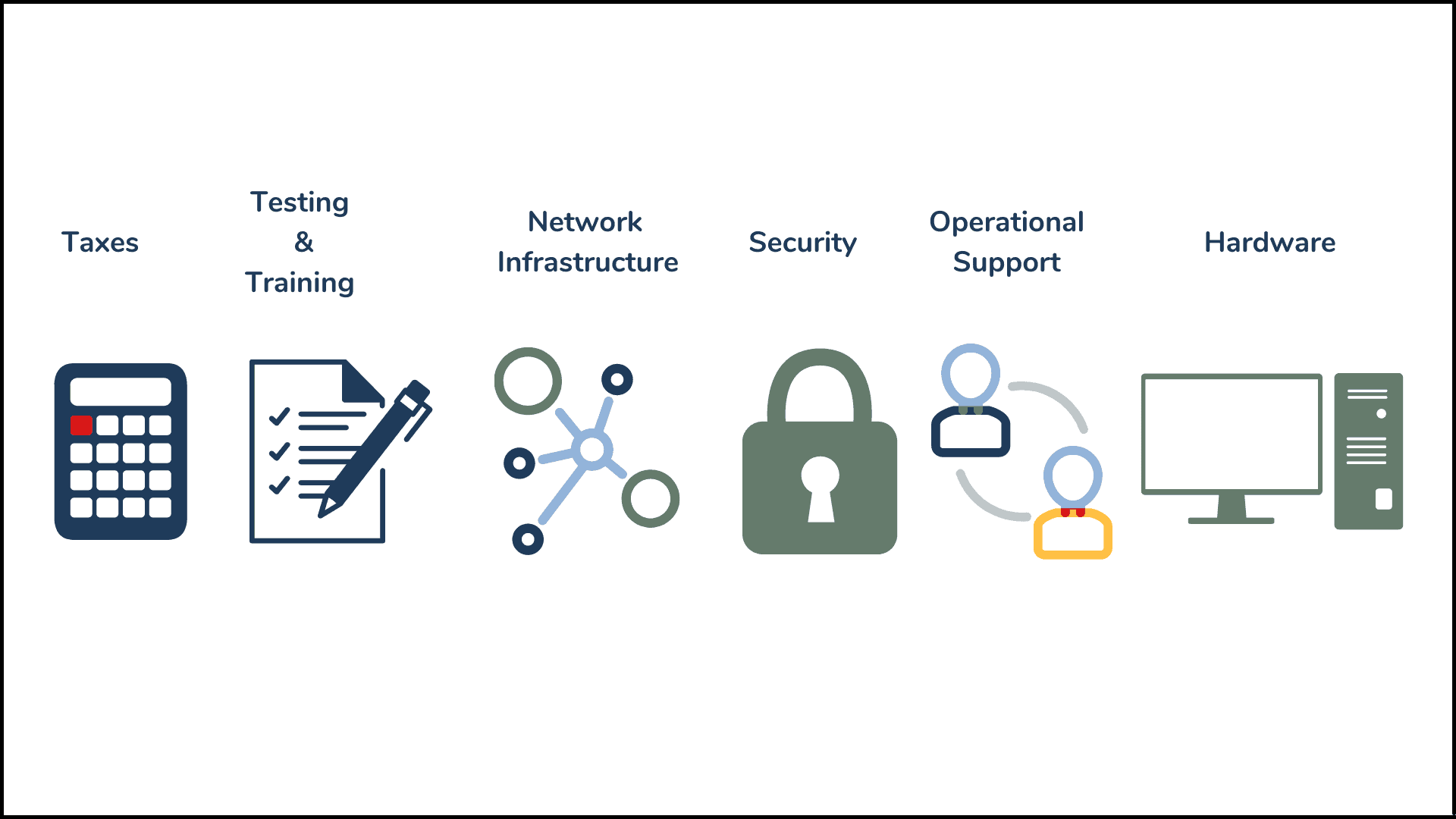There are thousands upon thousands of technology vendors vying for your attention, with more companies hitting the market every month. It’s a huge vendor ecosystem and trying to find the right vendor can feel like trying to navigate the ocean. This is why technology transformation projects can feel so overwhelming – you need to find your way from one port to another, all the way across entire oceans of vendors. Even if you are the Ferdinand Magellan of IT, it’s still a lot of work.
What advice do we have to make your nautical network navigation faster? It’s simple – use the channel.
The channel helps you cut through the waves and waves of different tech vendors, taking you on the most direct path from one IT solution to another. When you use the channel, you still get to work and contract directly with your vendors, but you also get the support of a channel partner who guides you along your tech purchasing voyage through the vendor relationship.
We know you’ve got questions – after Ever Given blocked the Suez Canal in 2021, sea channels might not seem like the best analogy to use. But trust us, the channel will change the way you buy tech.
What is the channel?
The channel is a way for you to indirectly buy technology, a bulwark protecting you from the waves of direct sales reps crashing against your company. When you buy through the channel, you still buy market-leading solutions, and you still choose a vendor with whom you’ll have a healthy and growing relationship. But rather than going directly to these vendors, you work with a channel partner who guides you along your tech purchasing voyage.
How do I use the channel to purchase tech?
To put it simply: You work with a channel partner. Think of the channel partner as a tugboat, helping to safely guide you to your destination. These channel partners have agreements with thousands of vendors and help you match your requirements to the right solution. Most channel partners work with Technology Solution Brokerages (TSB), which helps make sure that the vendor agreements are on the same level. If the channel partner is a tugboat, then the TSB is the Merchant Marines.
When purchasing tech through the channel, you share your requirements, goals, and concerns with your partner. This partner finds potential vendors that fit your criteria and helps you narrow down your choices until you’ve made the best selection for you. The channel partner works with both vendor sales reps and special vendor resources known as Channel Managers. These channel managers make sure that your company gets extra advocacy.
How does the channel actually help me?
There are a lot of advantages to using the channel. Some of the most prominent include:
- Cover weaknesses: A skilled channel partner shores up any weaknesses in your team.
- Vendor enlightenment: Channel partners spend their entire waking day learning about. different technology vendors. They know the strengths and weaknesses of all the market-leading providers.
- Client advocate: A channel partner can use both the TSB and the Channel Manager to advocate for your team. When there’s a problem on the vendor side, the channel partners can quickly escalate and add pressure to make sure the problem is solved immediately.
- Technical expertise: you know your company’s existing IT ecosystem. But a channel partner knows how market-leading, new solutions work.
- Save time: Stop wasting precious resources on vendor research. Stop wasting time dealing with pushy direct sales reps.
- Get unstuck: experienced channel partners have led dozens of buying projects. They can get your project un-stuck, like the tugboats that helped free Ever Given.
- Future state planning: A channel partner can help you great a map to navigate from your current state to your desired future state.
- Financial knowledge: Get clarity on vendor cost models and compare different cost models with your current state costs.
This sounds great, but it’s probably really expensive.
We promise you – it’s not.
Then how do channel partners make their money?
When you buy through the channel, the vendor pays the partner. Not you. The channel agreements between vendor and partner ensure that partner gets paid, and you don’t get stuck with the bill.
Think about it. You get a partner who lives and breathes cloud technology. You get to ask them for help in whatever you need. And their vendor agreements mean they are incentivized to help you choose the best solution available for your company.
All of this. And the vendor pays for it.
What does my Journey in the Channel look like?
- Shipping out: First, you need a desire to purchase new technology. This might mean your boss is demanding you to migrate to Cloud. It might mean you’ve heard some cool tools like Conversational Analytics or Automation. Regardless, you need a reason to start your journey.
2. Lost at sea: Somewhere along your purchasing project, you hit a blocker. This might mean you’re totally overwhelmed by the number of vendors available. It might mean that can’t figure out how the new tech will integrate into your ecosystem. You’re in the doldrums of the buying process.
3. Into the channel: Wherever you’re at in the buying process, your channel partner meets you there. They help you solve problems and get the project moving once again. Some channel partners run you through the process that works best for them. The good channel partners work with you to accelerate your own process.
4. Safe at port: By teaming up with a channel partner, you’re able to quickly find the solution that works best for you. They help guide you through the vendor selection process and work with you to validate the new solution.
5. New Horizons: When you find a channel partner you trust, you give yourself a secret weapon in your back pocket. Any time you need to purchase new technology, you have a trusted advisor, ready to help with whatever you need.
Some Common Objections to the Channel, and Why They’re Wrong
- It’s expensive. Did you not just read a few paragraphs above here? The channel agreements mean that the cost of the partner is paid for by the vendor.
2. Channel partners are biased. That’s not true. The way the channel ecosystem is set up, channel partners are incentivized to forge as many vendor relationships as possible and do not hold allegiance to just one vendor.
3. My needs and wants won’t be heard. A good channel partner is just that – a partner. They want to help you find a solution. That means listening to your problems and then solving them.
4. It’s confusing. Maybe I’ll just work with a direct rep. Any channel partners worth their salt will make the process as easy to understand as possible. If you have questions, just ask.
5. My existing vendor said they won’t be able to give me a deal if I use the channel. First, that’s likely a bluff from a salesperson who’s scared of losing a deal. Second, a channel partner can still provide technical expertise and solution validation services even if you’re thinking of sticking with the same vendor.
Time to set sail!
When it comes to buying tech, it can be difficult to keep your head above water. With so many vendors and solutions, it’s difficult to know where to start looking. By buying tech through the channel, you can be confident that your company is taking the fastest and safest route through rough water.
At CXponent, we have years of experience working in the channel, and we’ve seen how it can truly transform a company. We’d love to hear about your experiences using the channel to buy tech. Fill out our survey below!


.png)


